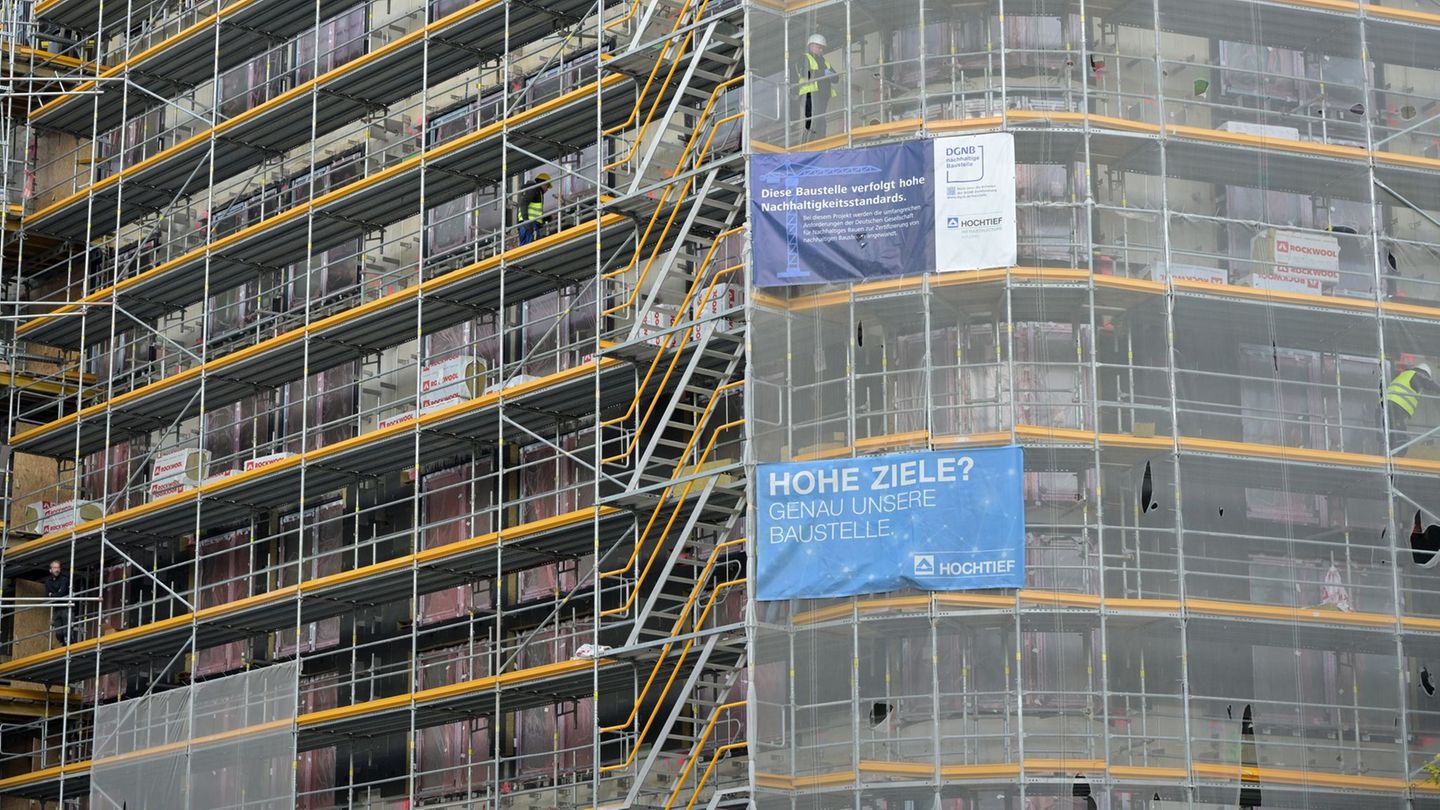in a country accustomed to high levels of inflationthe news of a slowdown in the index prices seems like a long-awaited respite. According to the latest data published by the National Institute of Statistics and Censuses (INDEC), October inflation was 2.7%, marking the end of the cycle of increases of between 4% and 5% monthly that dominated the previous months.
This drop in monthly inflation constitutes a milestone for a government that, since the beginning of its administration, has adopted a different approach to monetary policyin particular leaving aside the excessive emission.
Low inflation.jpg
Archive
The Monetary Approach and the Three Anchors of the Economic Program
To understand this slowdown in inflation, it is necessary to analyze the key elements of the current economic strategy. The economic team has based its policy on three “anchors”: fiscal, monetary and exchange.
As for the tax areathe main objective has been that the Treasury does not resort to monetary issuance as a source of financing, a measure aimed at stabilize the deficit and reduce dependence on money creation. This is consistent with the view that inflation is, in essence, a monetary phenomenonas the economist explained Milton Friedmanand that the issuance of money in excess of demand inevitably leads to a price increase.
The second anchor, control of the broad monetary basewas established mid-year after a period of strong exchange rate volatilitywhich increased the gap between the official exchange rate and the 60% alternatives. As a stabilization measure, the Central Bank adopted a policy of controlling the amount of money in circulationestablishing a limit on the monetary base.
Finally, a crawling peg with a controlled devaluation of the 2% monthly. This sought to stop the excessive peso depreciationprovide certainty about the evolution of the price of the dollar and mitigate the resulting inflationary pressure.
Monetary Control and Economic Adjustment: The Consequences of the Strategy
For stop the inflationary process More immediately, the government resorted to significant adjustment at the beginning of the year. Through a devaluation that temporarily raised inflation and reduced the purchasing power of savings, the Central Bank sought to “liquefy” the excess pesos in circulation that were mostly concentrated in financial instrumentssuch as the remunerated liabilities of the Central Bank.
This process of inflationary “liquefaction”combined with a policy of containing public spending and a pause in salary recovery, has deepened the recession that began in 2023 and accentuated the effects of an economic adjustment painful.
The local economy still facing external restriction, distributive bids, the businessmen remain the same and other factors to which the reasons for inflation are generally attributed, what has changed is the monetary factor controlling the different emission sources.
However, the strategy has paid off: With the money supply controlled, prices began to stabilize. For the government, This advance represents an early victory within a program designed to contain inflation in the short term and eventually, drive it towards one digit annually, an ambitious goal in the current context.
A Starting Point, not an Arrival Point
Despite these advances in controlling inflation, Argentina’s structural problems persist. The external constraint—the lack of dollars—continues to limit growth; The distributive struggle and fights over salaries between unions and employers continue; and poverty levels, which exceed 50%, demand a broader economic response. Price stability is, without a doubt, a necessary condition for a healthy economy, but not sufficient to reverse the structural imbalances that affect Argentine society.
As the government itself has pointed out, a drop in inflation is only the first step. Argentine economic history shows examples of acute crises, such as that of 2001, that developed in a context of low inflation. To achieve true economic development, It is crucial that the economy recovers, producing a “rebound” that allows creating jobs, increasing purchasing power and reducing poverty rates.
Towards a Comprehensive Recovery
Now that inflation shows signs of control, The next challenge will be to boost economic growth. Fiscal and monetary policy must be complemented with an effective stimulus to investment and production, without destabilizing the achievements achieved in terms of prices. Controlled inflation, without a doubt, lays the foundations for sustainable growthbut the challenge of restoring economic activity and correcting the social inequities that remain in force.
In short, Argentina faces a complex economic scenario: the slowdown in inflation represents progress that gives the economy a break, but also underlines the need to implement comprehensive policies that address the underlying problems. Monetary stability is only part of the economic puzzle; The challenge lies in building a recovery that does not leave inflation as a legacy, but as the foundation of sustained and equitable growth for all.
Source: Ambito
David William is a talented author who has made a name for himself in the world of writing. He is a professional author who writes on a wide range of topics, from general interest to opinion news. David is currently working as a writer at 24 hours worlds where he brings his unique perspective and in-depth research to his articles, making them both informative and engaging.




